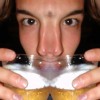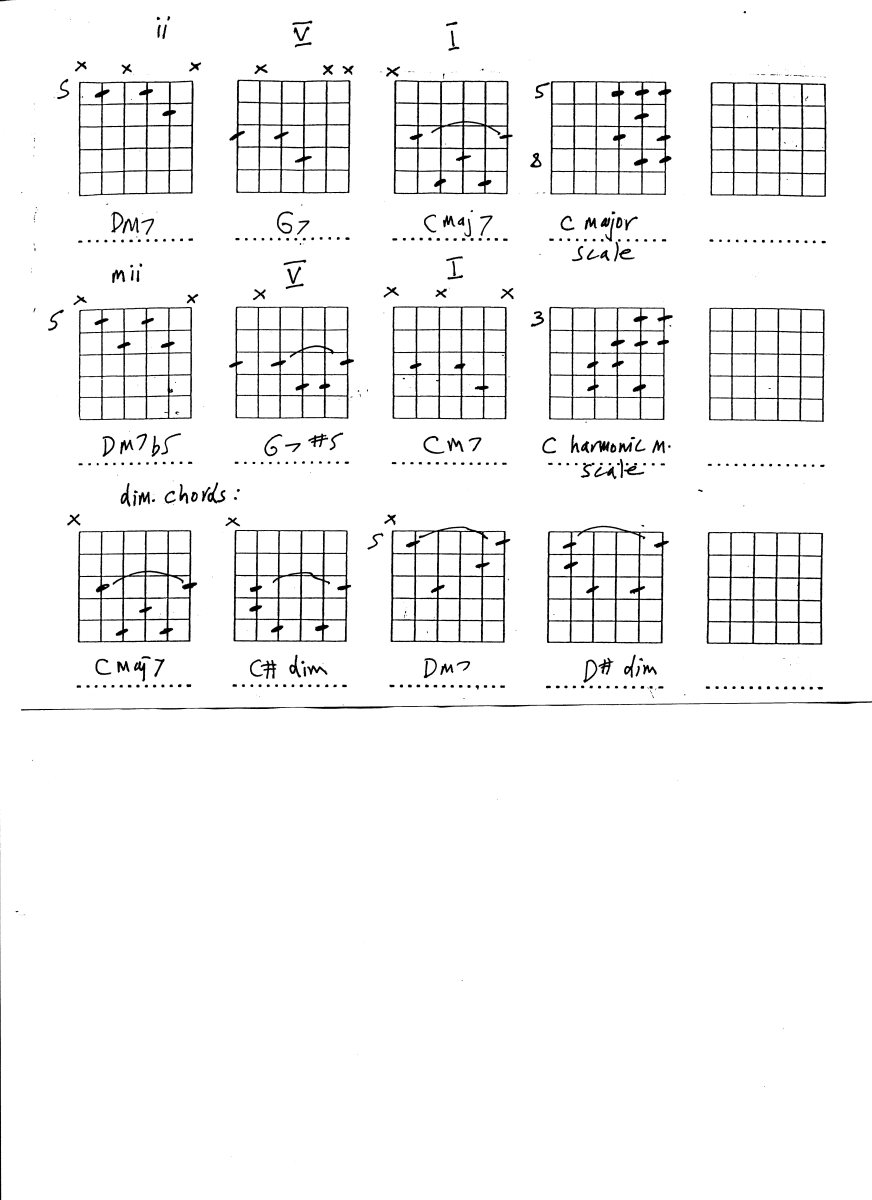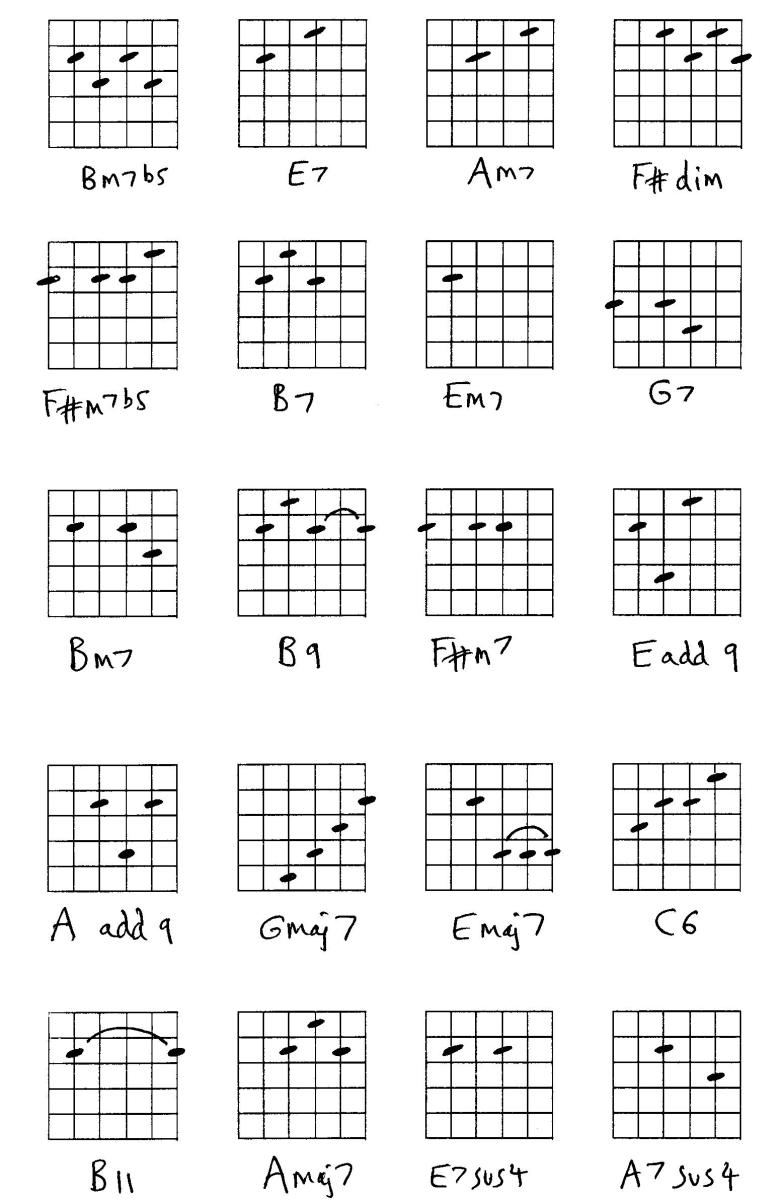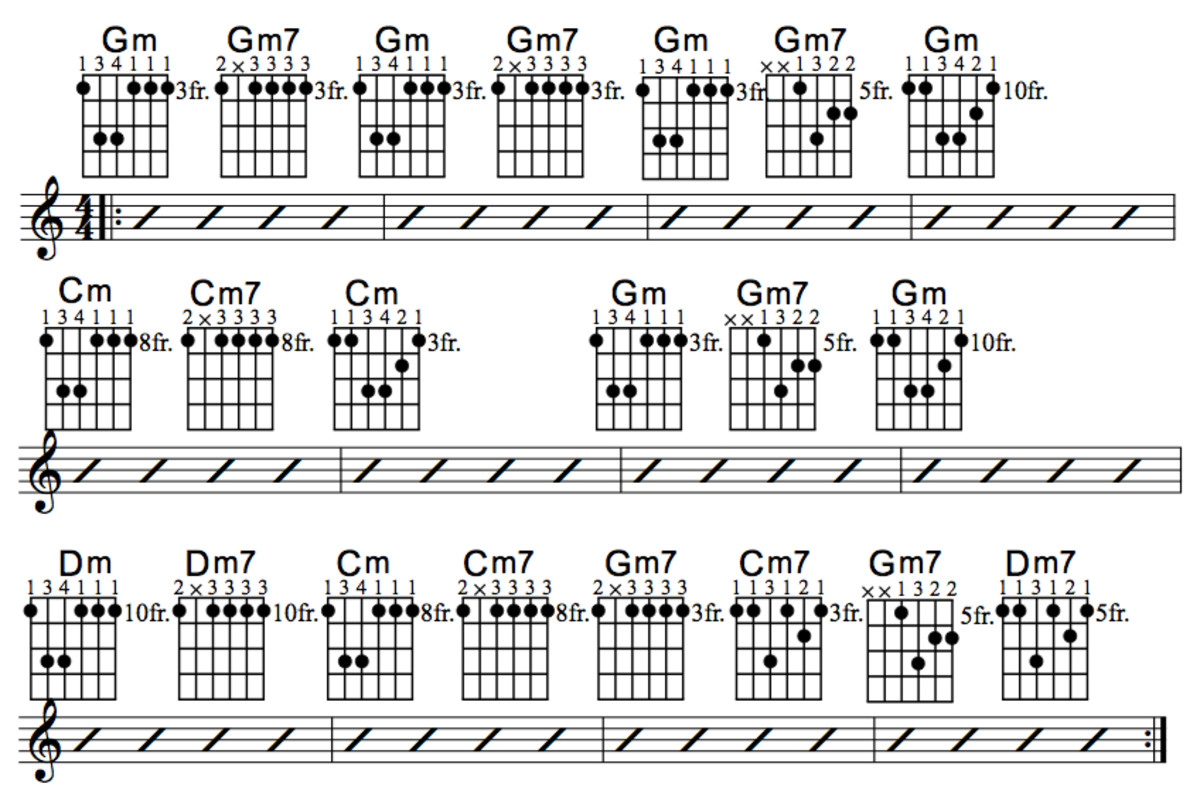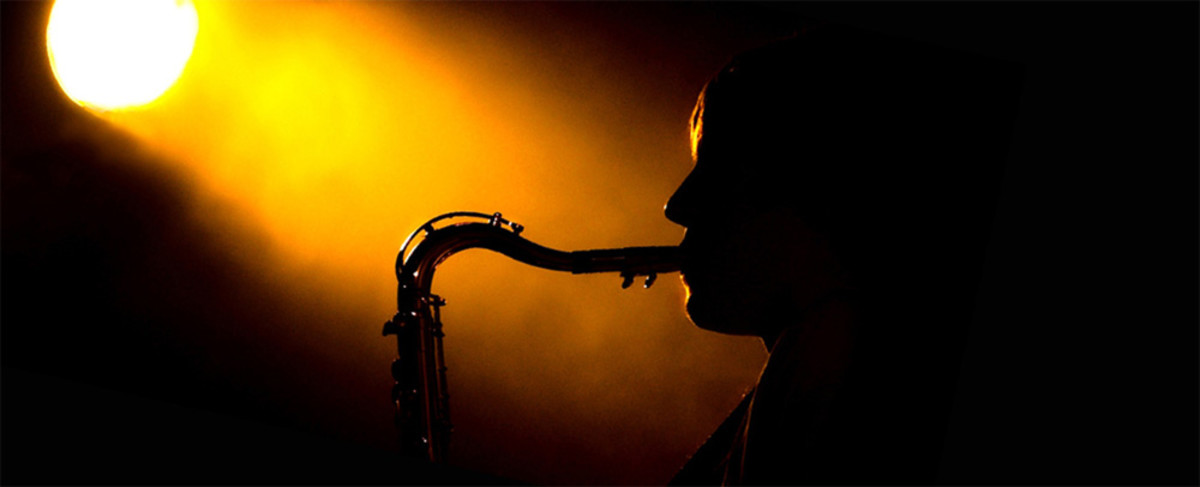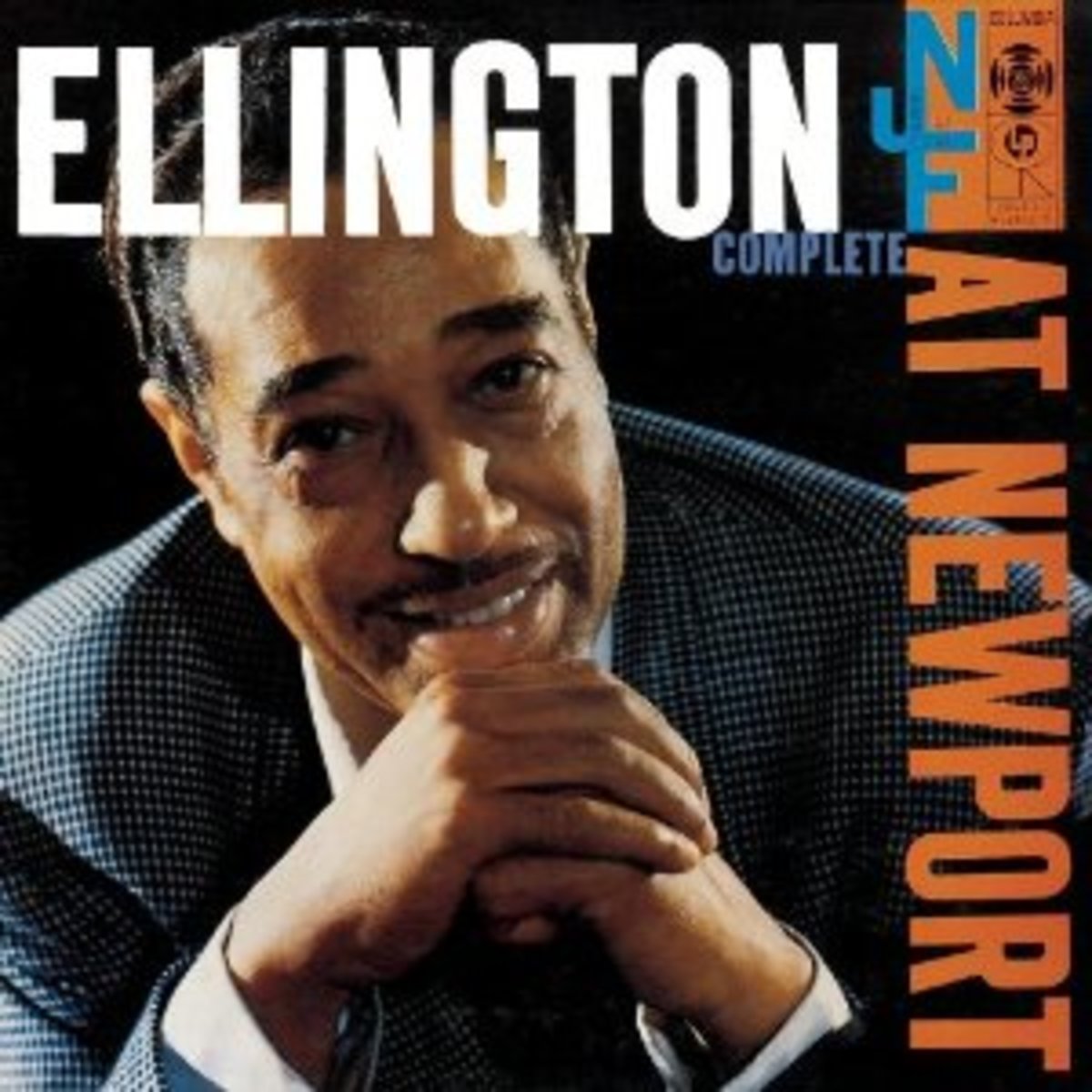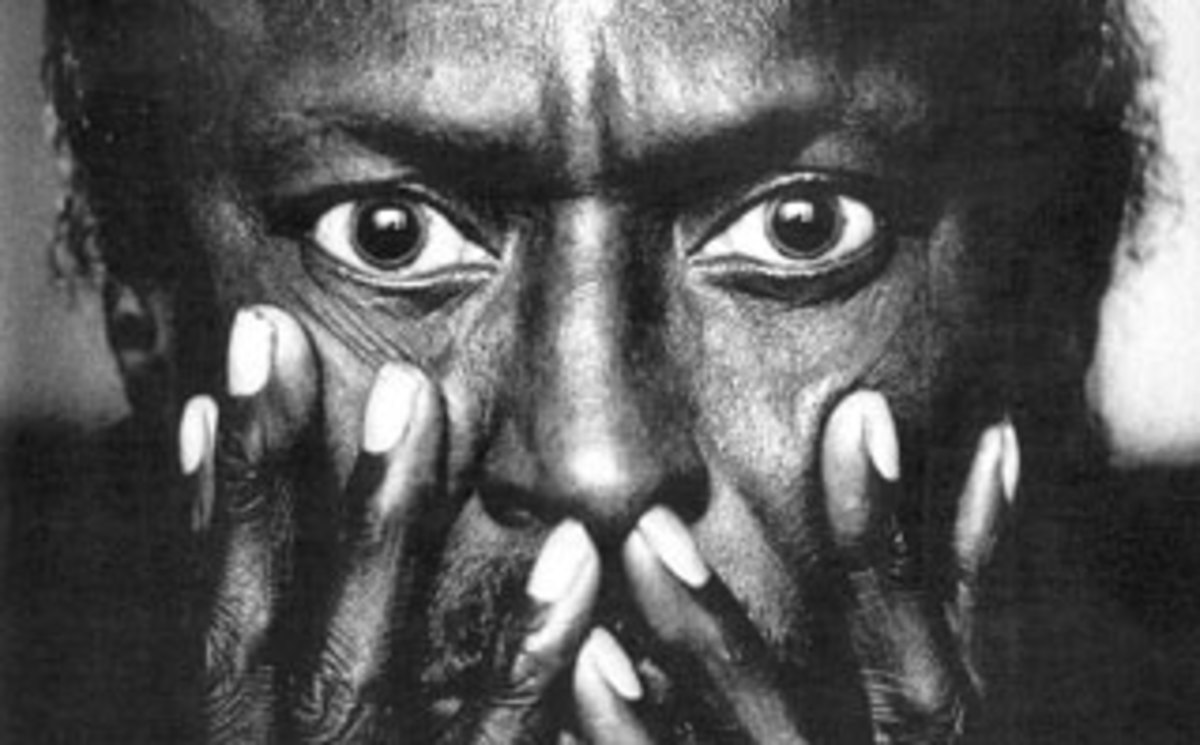Solo Jazz Guitar Tips - Constructing a bass line / chords / melody over Jazz standards
Solo Jazz Guitar: Adding a Walking Bass Line to Your Chords
When you play solo guitar, one of the key element to bring to your playing in order to get that jazz sound is to bring in a nice walking bass line below your chords. When you learn to spice this up with a few embellishments, or chord substitutions like the tritone substitution (which I discuss and apply it to the blues in another hub) you'll be surprised at how much of a cool sound you can produce with minimal effort.
A very efficient, yet not technically challenging way of giving this impression of having "two musicians" in one hand while comping on guitar is to play fingerstyle (or some kind of hybrid technique of pick and fingers, if you wish), and to simplify the chords a bit (while making no sacrifice in flavor, trust me), and give more attention to the overall flow and attractiveness of the bass line. A master at this was the late Joe Pass. Check him out on YouTube, he might blow your socks off. I have recommended some of his CD's below, check them out, and once you buy them (because I think you will :) listen to them very closely, and try to transcribe some parts or whole songs if you can manage. It will help you tremendously, as it did for me.
I'm not extremely technically skilled, by any means, but I still bring a sound out of my guitar that I don't get tired of. The trick is to play with your head more than just your fingers, to be economical in the number of notes you want to employ in each chord, but to choose the essential ones or to have the "nucleus of the sound" for that chord. As a tradeoff, these simple voicings usually allow for a variety of convenient fingerings to choose on the low strings for the bass line. As you play around with the different chords and chord change patterns that I will be posting soon, try to notice convenient bass patterns. In the meantime, let me explain you how I use this whole system...
Joe Pass CD's you just gotta hear...
First you need to get acquainted with a few chord forms that are referred to as "fat chords", which I will discuss shortly in another hub. They are mostly 3-note chords that usually include the 3rd and 7th degrees of a chord, along with another note in the bass, often the root or the fifth. The third degree can also be used in the bass (its called a first inversion chord), in which case the 3rd from the higher register is not played, and is often replaced with a 9th degree note instead. If you're actually walking the bass, you often don't play the root in the bass on beat 1, and these different inversions allow you to play bass notes with lower intervals between them, creating a smooth result.
In general, it sounds interesting when leading tones are used in bass on beats 2 and 4. The reason is that the strong beats for the bass are 1 and 3. There you play the chord tones (root, 3, 5, 7). On beats 2 and 4, you can play notes that lead well to chord tones. For example, a widely used gimmick is to approach a chord tone from a diatonic step or half-step below, or by a diatonic step from above.
In the higher register you have more options on embellishing or "spicing up" your chord than in the bass. I very nearly almost always include the 3rd and 7th degree of the chord. There's usually a convenient 9 or 13 to be found close by, or you can also use any note from the triad to be put as the highest note. I rarely repeat notes within a chord. Joe Pass tended to use a lot of dominant 13 chords (in the form R-7-3-13, with the root on 5th or 6th string).
A good place to start, and this is where the party is pooped for the more lazily inclined amongst you, is to become familiar with the fingerings of all major, minor, dominant, diminished scales everywhere over the fretboard. You need to be able to see in your mind's eye, the fingerings for, let's say, G7 when you're around the 7th fret, or Bbminor 7 when you're higher up at the 10th fret.
Now that I've started these postings, I will be constantly posting exercises and easy arrangements that will practice your skill at becoming a better solo jazz guitarist. I only work with standard notation. Sorry tabbers... I always say, if you plan to study guitar for several years more (anyone who says no so far, I don't know how you got this far in this article!), then take a few months to improve your reading! The effort you put into engraving these entire fingering patterns to represent each song, you could figure out a few scale positions, and retain the knowledge to be applied on countless songs afterwards!
So, be sure to check back later!
R. Seymour Cole
Jazz Standard Arrangements For Solo Guitar
Check out my jazz standard arrangements for solo guitar:
